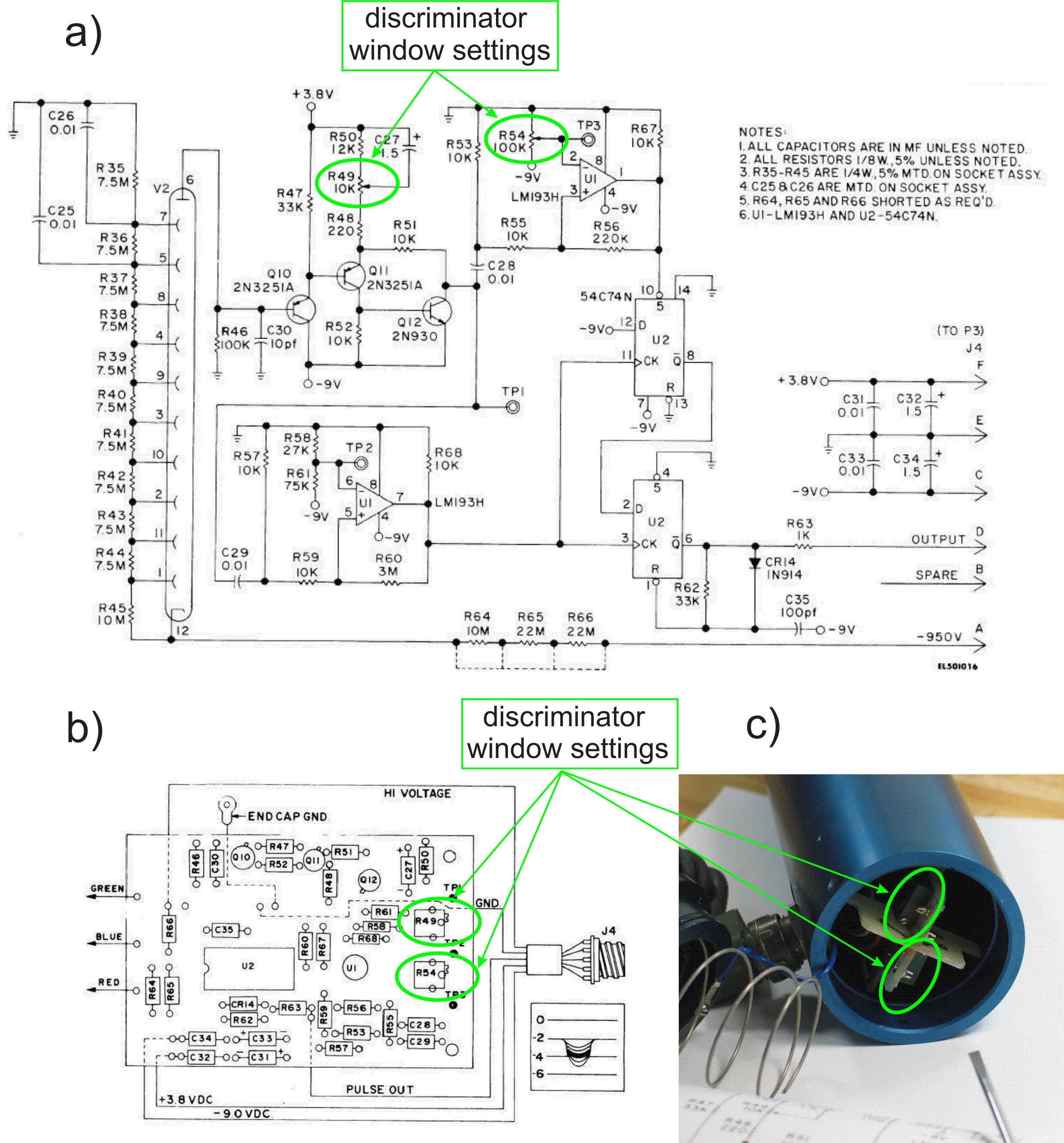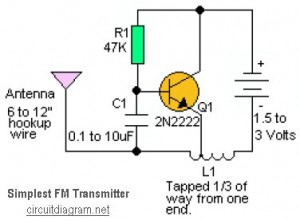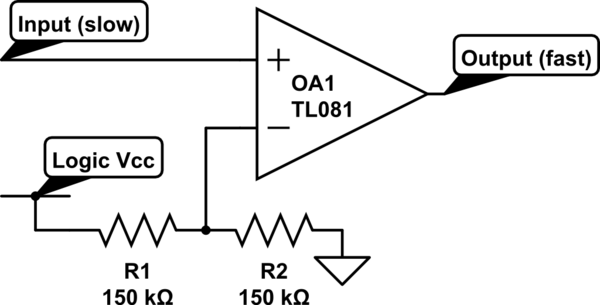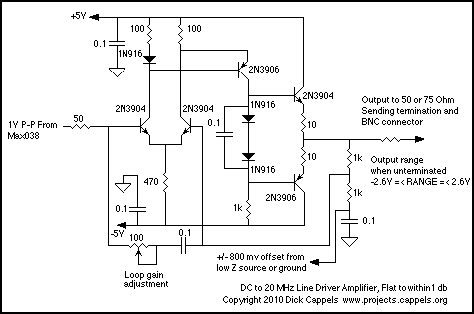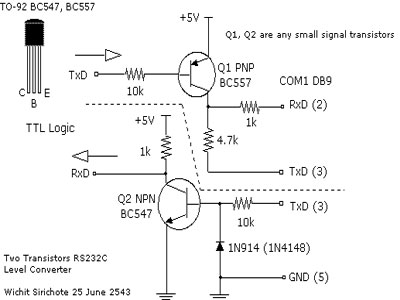
Simple Logic Probe
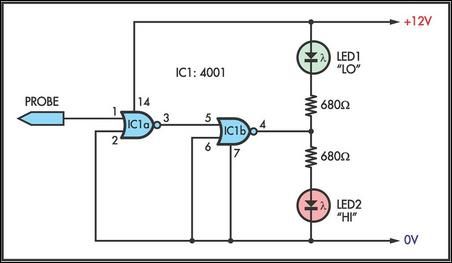
This simple logic probe has both LEDs illuminated with no signal at the input. However, due to the NOR gates connected to the probe, it indicates correctly when a high or low signal is present. It also functions correctly for pulse trains. Normally, both LEDs are forward-biased and therefore on, powered by the 12V supply. When a logic high is present at the probe, the output of IC1a goes low, causing the output of IC1b to go high. This turns off LED1 while forward-biasing (and turning on) LED2. Conversely, a logic low at the probe will send IC1b low, turning LED1 on and LED2 off.
The logic probe circuit utilizes two NOR gates, configured in a way that allows for effective detection of digital signals. The circuit is powered by a 12V supply, which ensures that both LEDs are normally on when no input signal is detected. This is achieved through the forward biasing of the LEDs, allowing them to illuminate continuously in the absence of input.
When a logic high signal is applied to the probe, the output of the first NOR gate (IC1a) transitions to a low state. This change causes the output of the second NOR gate (IC1b) to transition to a high state. As a result, LED1, which is connected to the output of IC1b, turns off, while LED2, which is connected to the output of IC1a, is activated due to forward biasing. This dual LED indication provides a clear visual representation of the logic state.
In contrast, when a logic low signal is detected at the probe, IC1b's output goes low, resulting in LED1 turning on and LED2 turning off. This mechanism allows the probe to provide accurate feedback on the logic levels present at its input, effectively distinguishing between high and low signals.
The design of this logic probe is particularly beneficial for testing digital circuits, as it can accurately respond to pulse trains, making it a versatile tool for engineers and technicians. The simplicity of the circuit, combined with the clarity of LED indications, enhances its usability in various electronic applications.This simple logic probe has both LEDs on with no signal at the input but due to the nor gates connected to the probe, indicates correctly when a high or low signal is present. It also works correctly for pulse trains. Normally both LEDs are forward biased and therefore on, powered by the 12V supply. When a logic high is present at the probe, IC 1a`s output goes low sending IC1b`s output high. This turns off LED1 but forward-biases (and turns on) LED2. Conversely, a logic low at the probe will send IC1b low, turning LED1 on and LED2 off. 🔗 External reference
The logic probe circuit utilizes two NOR gates, configured in a way that allows for effective detection of digital signals. The circuit is powered by a 12V supply, which ensures that both LEDs are normally on when no input signal is detected. This is achieved through the forward biasing of the LEDs, allowing them to illuminate continuously in the absence of input.
When a logic high signal is applied to the probe, the output of the first NOR gate (IC1a) transitions to a low state. This change causes the output of the second NOR gate (IC1b) to transition to a high state. As a result, LED1, which is connected to the output of IC1b, turns off, while LED2, which is connected to the output of IC1a, is activated due to forward biasing. This dual LED indication provides a clear visual representation of the logic state.
In contrast, when a logic low signal is detected at the probe, IC1b's output goes low, resulting in LED1 turning on and LED2 turning off. This mechanism allows the probe to provide accurate feedback on the logic levels present at its input, effectively distinguishing between high and low signals.
The design of this logic probe is particularly beneficial for testing digital circuits, as it can accurately respond to pulse trains, making it a versatile tool for engineers and technicians. The simplicity of the circuit, combined with the clarity of LED indications, enhances its usability in various electronic applications.This simple logic probe has both LEDs on with no signal at the input but due to the nor gates connected to the probe, indicates correctly when a high or low signal is present. It also works correctly for pulse trains. Normally both LEDs are forward biased and therefore on, powered by the 12V supply. When a logic high is present at the probe, IC 1a`s output goes low sending IC1b`s output high. This turns off LED1 but forward-biases (and turns on) LED2. Conversely, a logic low at the probe will send IC1b low, turning LED1 on and LED2 off. 🔗 External reference
Warning: include(partials/cookie-banner.php): Failed to open stream: Permission denied in /var/www/html/nextgr/view-circuit.php on line 713
Warning: include(): Failed opening 'partials/cookie-banner.php' for inclusion (include_path='.:/usr/share/php') in /var/www/html/nextgr/view-circuit.php on line 713
